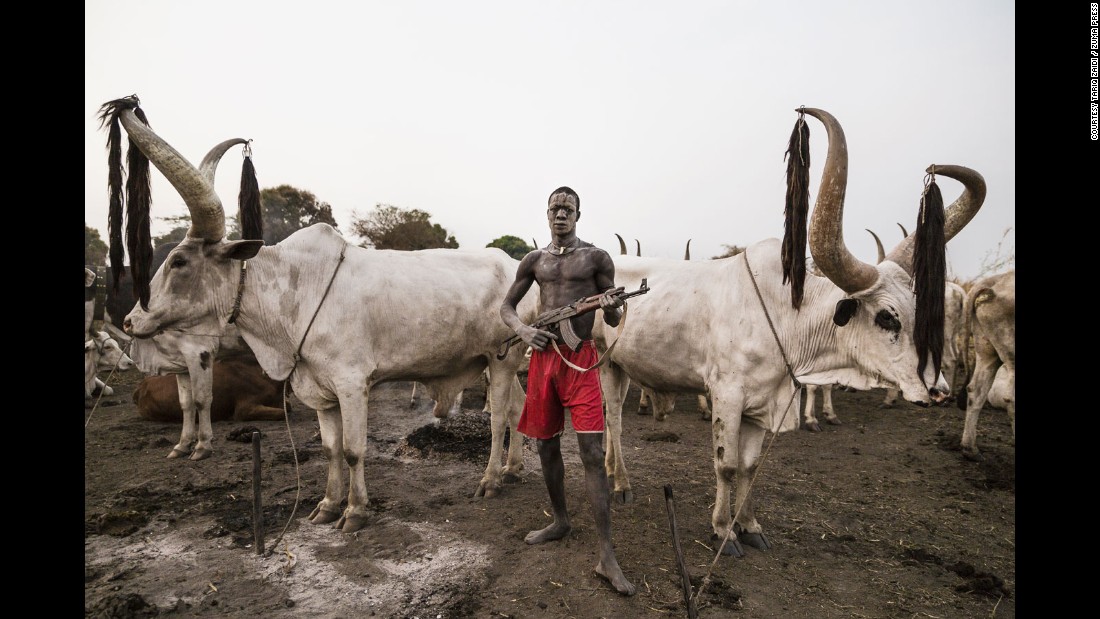http://www.thehindu.com/news/national/karnataka/once-on-verge-of-suicide-now-a-feted-farmer/article19804007.ece
Durgappa picked to promote integrated farming
Life has come a full circle for this 43-year-old farmer from Shivamogga district. Durgappa Angadi of Sasaravalli village of Shikaripur taluk was contemplating suicide, unable to repay a loan of ₹9 lakh 30 months ago. His crops had failed consistently. Today, he has not only become a successful farmer, but has also become an ambassador of integrated farming.
Recalling his difficult days, Mr. Durgappa says it was a programme on television that was the turning point for him. It portrayed a small farmer from Kolar district earning huge profits from just two acres of land through integrated farming. “This gave me new hope as everyone around me was saying farming was a loss-making venture,” says Mr. Durgappa.
He met experts to learn about integrated farming. “Within months, my experiment with integrated farming began and I harvested a bumper yield by growing ivy gourd,” he recalls. He was able to repay the entire loan within 18 months.
And then he decided to spend the rest of his life on instilling confidence among small and marginal farmers that farming is still a profitable venture. He now takes up organic farming on two and half acres of land and earns an average annual income of about ₹5.25 lakh. Apart from growing half a dozen horticultural crops and vegetables, he also takes up apiary and dog breeding.
University of Agricultural Sciences-Bengaluru’s alumni association, which comprises about 10,000 agricultural graduates, has now chosen four innovative farmers, including Mr. Durgappa, to become its ambassadors of integrated farming.
The other three farmers are physically challenged 27-year-old Ramakrishna Shavati of Ganaur village of Raichur district, Shabarish Suvarna of Udupi taluk, and H. Sadananda of Tapasihalli, who are now cult figures among the farming community of the State for their innovative experiments with integrated farming.
UAS-B alumni association president K. Narayana Gowda told The Hindu that these farmers would be feted with a cash prize of ₹25,000 each with the Dr. G.K. Veeresh Endowment Award by the association, and as ambassadors for popularising integrated farming system, at an event in Bengaluru on Saturday.
Emphasising that integrated farming was the only method to make farming a financially sustainable, Mr. Gowda said the association has popularised the concept by holding workshops at the fields of the innovative farmers.
Durgappa picked to promote integrated farming
Life has come a full circle for this 43-year-old farmer from Shivamogga district. Durgappa Angadi of Sasaravalli village of Shikaripur taluk was contemplating suicide, unable to repay a loan of ₹9 lakh 30 months ago. His crops had failed consistently. Today, he has not only become a successful farmer, but has also become an ambassador of integrated farming.
Recalling his difficult days, Mr. Durgappa says it was a programme on television that was the turning point for him. It portrayed a small farmer from Kolar district earning huge profits from just two acres of land through integrated farming. “This gave me new hope as everyone around me was saying farming was a loss-making venture,” says Mr. Durgappa.
He met experts to learn about integrated farming. “Within months, my experiment with integrated farming began and I harvested a bumper yield by growing ivy gourd,” he recalls. He was able to repay the entire loan within 18 months.
And then he decided to spend the rest of his life on instilling confidence among small and marginal farmers that farming is still a profitable venture. He now takes up organic farming on two and half acres of land and earns an average annual income of about ₹5.25 lakh. Apart from growing half a dozen horticultural crops and vegetables, he also takes up apiary and dog breeding.
University of Agricultural Sciences-Bengaluru’s alumni association, which comprises about 10,000 agricultural graduates, has now chosen four innovative farmers, including Mr. Durgappa, to become its ambassadors of integrated farming.
The other three farmers are physically challenged 27-year-old Ramakrishna Shavati of Ganaur village of Raichur district, Shabarish Suvarna of Udupi taluk, and H. Sadananda of Tapasihalli, who are now cult figures among the farming community of the State for their innovative experiments with integrated farming.
UAS-B alumni association president K. Narayana Gowda told The Hindu that these farmers would be feted with a cash prize of ₹25,000 each with the Dr. G.K. Veeresh Endowment Award by the association, and as ambassadors for popularising integrated farming system, at an event in Bengaluru on Saturday.
Emphasising that integrated farming was the only method to make farming a financially sustainable, Mr. Gowda said the association has popularised the concept by holding workshops at the fields of the innovative farmers.





